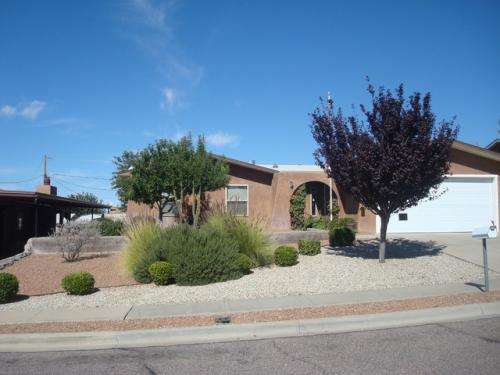Researchers classify urban residential desert landscapes

A new study contains valuable information for homeowners and horticulturalists that live and work in desert regions. The study, the first of its type to classify desert plants into nine common types, includes recommendations for helping to plan and integrate lower water-use plants into urban landscapes. Interestingly, the researchers also determined that front- and backyard environments can differ significantly.
According to the authors, urban residential landscapes can be challenging to classify. "These landscapes change with time, are multidimensional, and are heterogeneous because of human-generated plant groupings," said Malik Al-Ajlouni, the lead author of the research study published in HortTechnology. Al-Ajlouni and colleagues from New Mexico State University set out to develop a quantitative method to classify urban residential landscapes in a desert environment.
The research team studied 54 urban residential landscapes in Las Cruces, New Mexico. From each of six districts, they randomly selected three urban residential properties in each of three "vegetation density" categories (54 homes total). The landscapes of the homes were then divided into two to four zones (at least a backyard and frontyard), yielding 162 zones. "A major strength of our method is that we detected differences in front and backyard landscapes because we divided landscape area into zones," the authors wrote. The data showed that the "mulch" landscape was the dominant type in front yards, evidence that residents prefer low-maintenance and low-cost landscapes for those areas.
Research results also yielded useful information related to water use and conservation in residential desert landscapes. The scientists determined that "very low, low, low-to-moderate, and moderate water-use plants" covered 55% of common landscape types in the study. "This suggests more plants with lower water-use levels can still be accommodated in common landscape types in Las Cruces," they said.
The classification method can be pertinent for landscape planners in other regions as well. "While the percentage that is used to designate the cutoff for classification might differ, urban landscape horticulturists in other regions can use this method to find the common urban landscape types that exist in their area," the authors said.
More information: horttech.ashspublications.org/ … nt/23/4/474.abstract
Provided by American Society for Horticultural Science

















